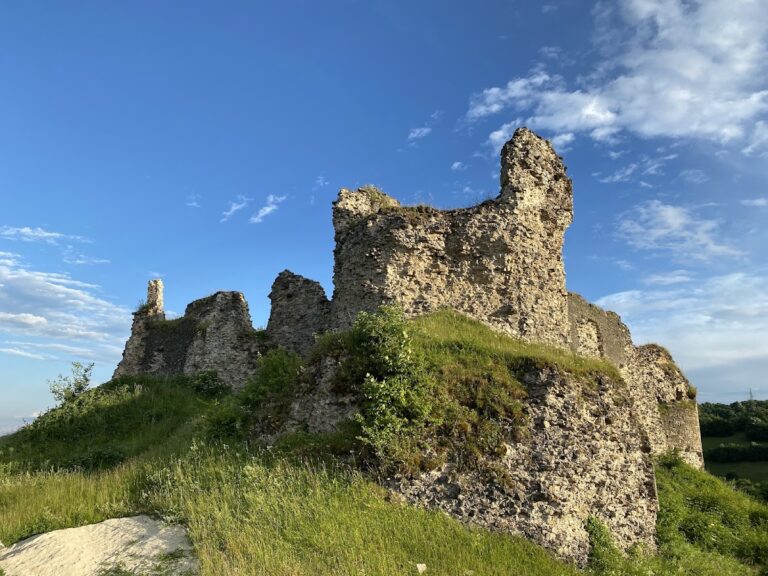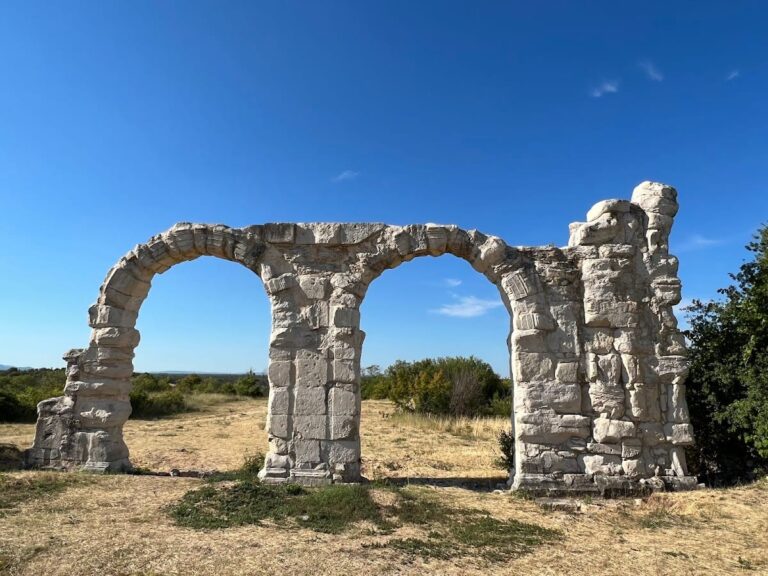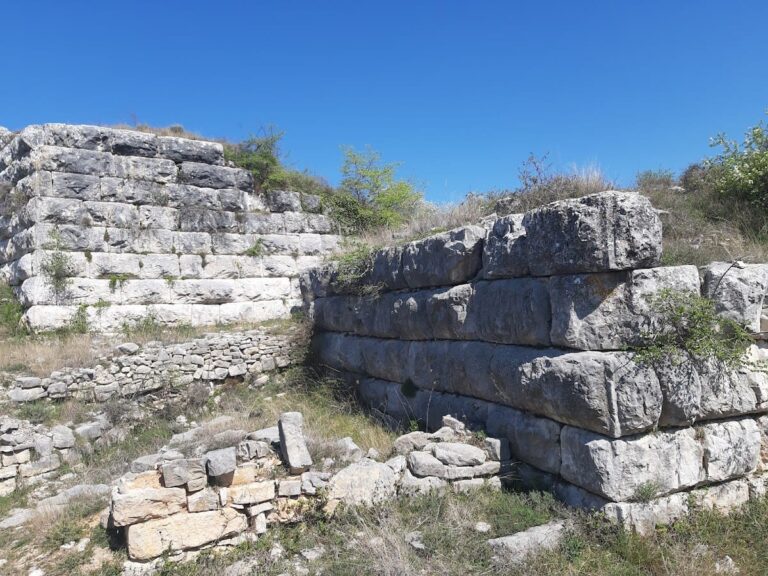Ostrovica Fortress: A Medieval and Ottoman Stronghold in Bosnia and Herzegovina
Visitor Information
Google Rating: 4.5
Popularity: Low
Google Maps: View on Google Maps
Official Website: www.kulen-vakuf.com
Country: Bosnia and Herzegovina
Civilization: Unclassified
Remains: Military
History
Ostrovica Fortress is situated near the village of Ostrovica within the Bihać municipality of Bosnia and Herzegovina. Its origins trace back to a large medieval fortification built primarily by Croatian medieval builders during the 15th century, constructed atop earlier foundations that may date to the Roman era or even earlier periods.
The first known mention of Ostrovica Fortress appears in a 1407 document issued by King Ladislaus of Naples. This charter confirmed the fortress as part of the holdings of Sandalj Hranić, a notable Bosnian noble and Grand Duke, who likely undertook significant reconstruction of the site in the early 1400s. During this period, Ostrovica was located within the medieval Croatian territory known as Lapac County. Over time, ownership of the fortress passed among several prominent Croatian noble families, including the Kurjaković (later Karlović) princes from Krbava, the nobleman Juraj Mikulčić who died in 1495, Ivan Keglević, and the influential Frankopan family.
Following the fall of the Bosnian Kingdom in 1463, Ostrovica Fortress held out against advancing Ottoman forces for several decades. It finally succumbed to the Ottomans in December of 1523, after which it became part of the Ottoman administrative region known as the Bosnian pashaluk. Under Ottoman rule, the fortress served as a key military post and the center of the Kapetanija Stara Ostrovica, or Old Ostrovica captaincy. This captaincy oversaw several smaller fortifications in the surrounding area, including Orašac, Havala, Džisri-kebir (the area known today as Kulen Vakuf), Čovka, and Donji Lapac.
At first, the fortress was commanded by officials bearing the title dizdar, a military rank used by the Ottomans during the 16th and 17th centuries. Later, leadership transitioned to captains from the Kulenović family, a prominent Ottoman noble lineage. The fortress underwent significant expansion during the rule of Sultan Ahmed I in the early 1600s, enhancing its defensive capabilities. Further architectural modifications in the 18th century shaped the fortress into its present-day form.
Strategic and administrative shifts eventually led to moving the captaincy seat to Prkose after the nearby area of Donji Lapac was returned to Habsburg-controlled Croatia. This relocation placed the military leadership further from the frontier dividing Croatian and Bosnian territories. Throughout its history under Ottoman control, Ostrovica Fortress endured several sieges, including notable attacks in 1560, 1698, 1737 during the Austro-Russian–Turkish War, as well as conflicts in 1789 and 1834.
After the Austro-Hungarian occupation of Bosnia and Herzegovina in 1878, the fortress was abandoned and ceased to function as a military installation. Despite the claims of Croatian authorities, Ostrovica remained outside Croatian jurisdiction. Today, it is recognized as a National Monument of Bosnia and Herzegovina and forms part of the Una National Park.
Remains
Ostrovica Fortress occupies a heavily wooded ridge overlooking a shallow, fordable section of the Una River. The remaining structure stretches roughly 117 meters in length and 83 meters in width, reflecting a layout designed to control movement along the strategic north-south corridor through the Una valley. Its construction showcases a combination of medieval and Ottoman military building techniques, with layers visible from different phases in its history.
The main entrance to the fortress remains located on the southern face, complemented by a secondary gate on the northern side. These access points demonstrate typical defensive planning designed to monitor and control entry. The external walls, or battlements, were reinforced repeatedly, especially during enlargements conducted in the early 17th century under Sultan Ahmed I, and further adaptations made in the 18th century to improve fortification strength. This sequence of modifications resulted in the fortress’s current profile.
Throughout Ottoman rule, the fortress contained accommodations and facilities suitable for a military garrison. Initially, commanders known as dizdars managed the fortifications, later succeeded by captains from the Kulenović family, who maintained the site’s command. Regular maintenance and repairs took place throughout the 18th century, including documented upkeep in the years 1766, 1777, and 1791, helping to sustain the fort’s defensive and administrative functions.
After abandonment in 1878, the fortress gradually fell into ruin as regular preservation ceased. However, modern restoration efforts have addressed critical structural elements such as the southern entrance gate and the northern tower, stabilizing them and helping to preserve their remains. These efforts have focused on safeguarding the visible ruins, enabling a clearer understanding of the fortress’s layout and architectural evolution.
Ostrovica was closely connected to a network of smaller nearby fortifications forming the Old Ostrovica captaincy. Sites like Orašac, Havala, Džisri-kebir (modern Kulen Vakuf), Čovka, and Donji Lapac functioned collectively to secure the region. While these outposts are distinct from the main fortress, they formed an integrated defensive system during Ottoman rule.
In sum, the archaeological remains of Ostrovica Fortress reflect its long history as a medieval and Ottoman military center. The combination of original medieval foundations and later Ottoman expansions reveals a site continually adapted to shifting political and military challenges over several centuries.










